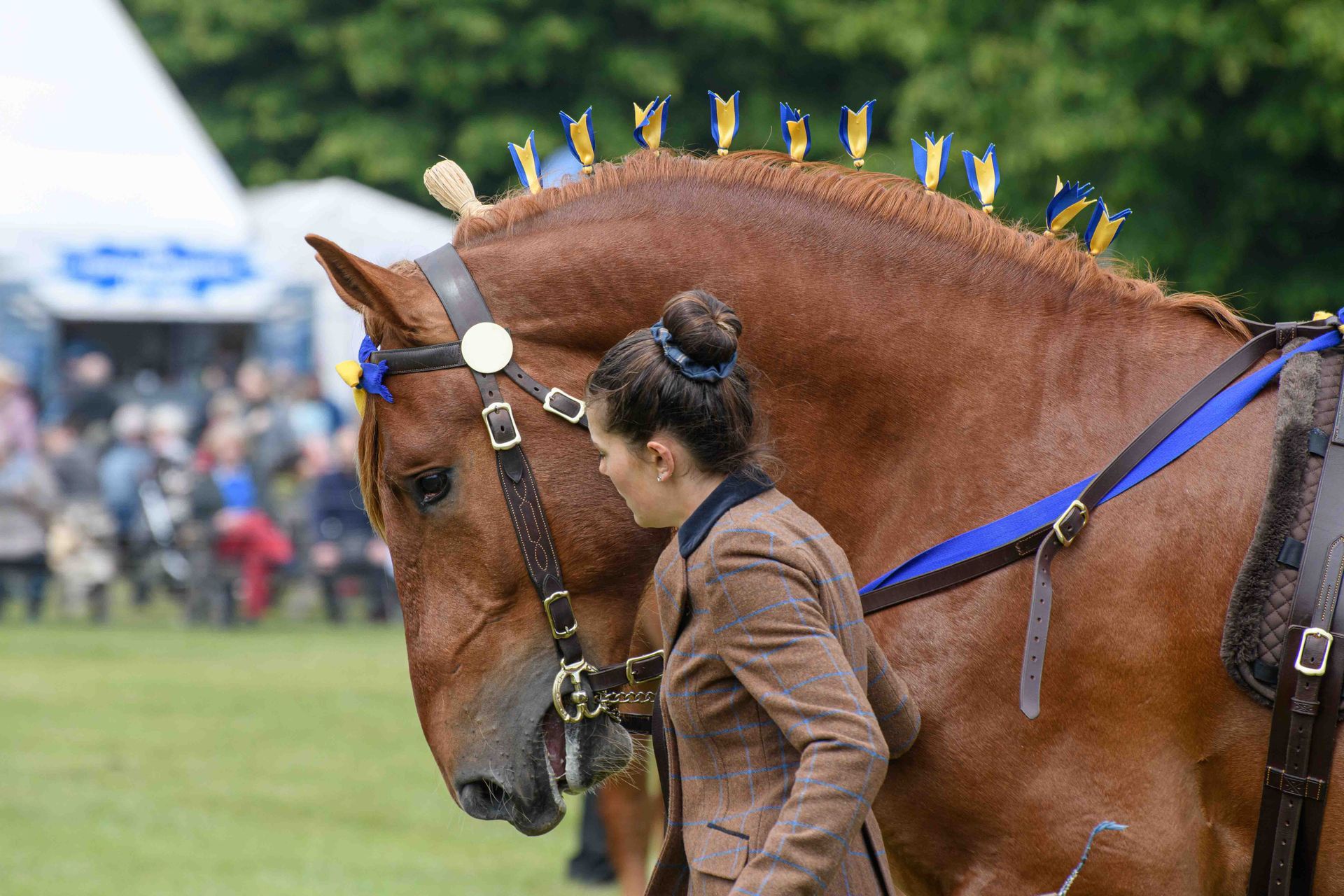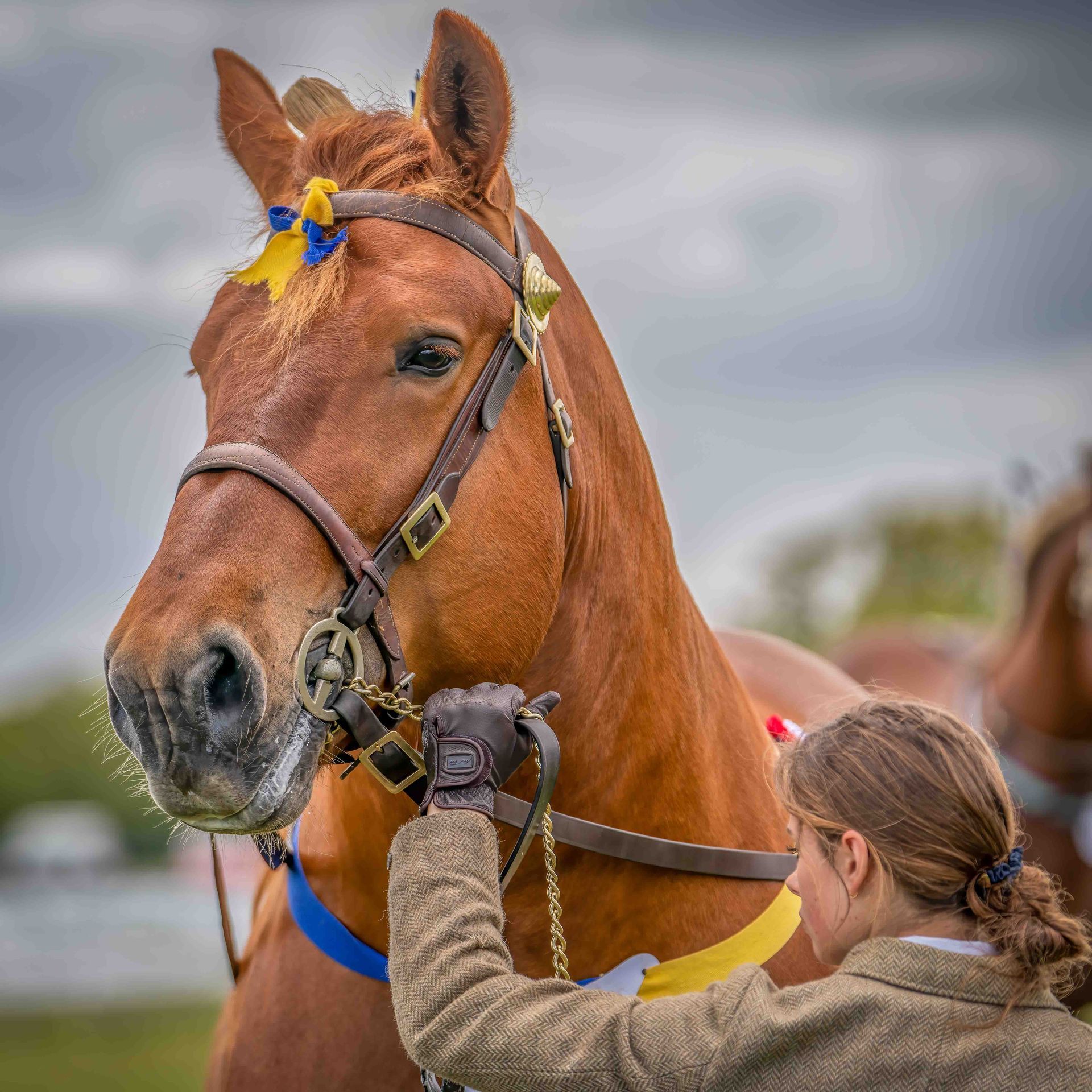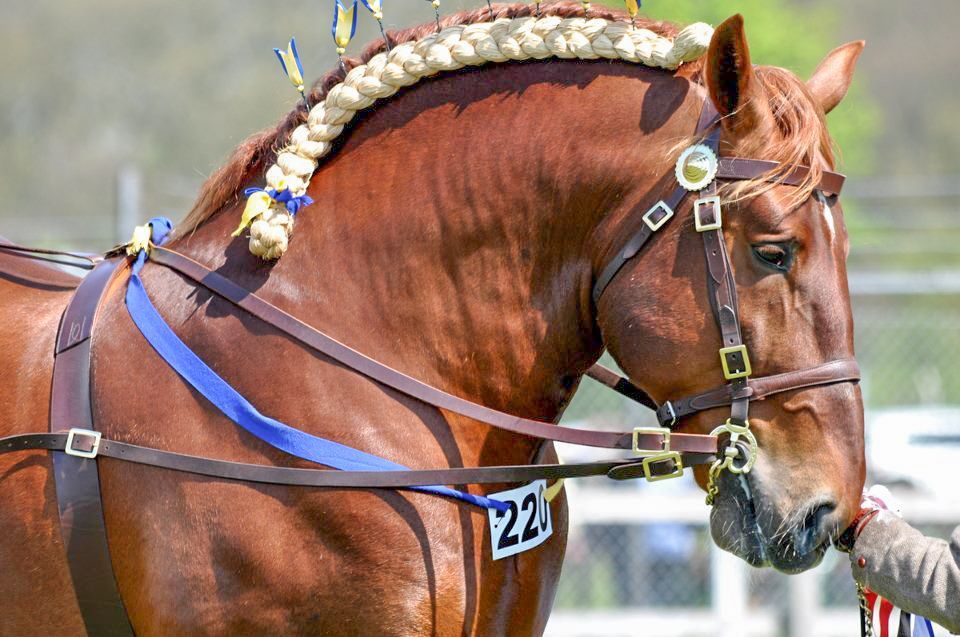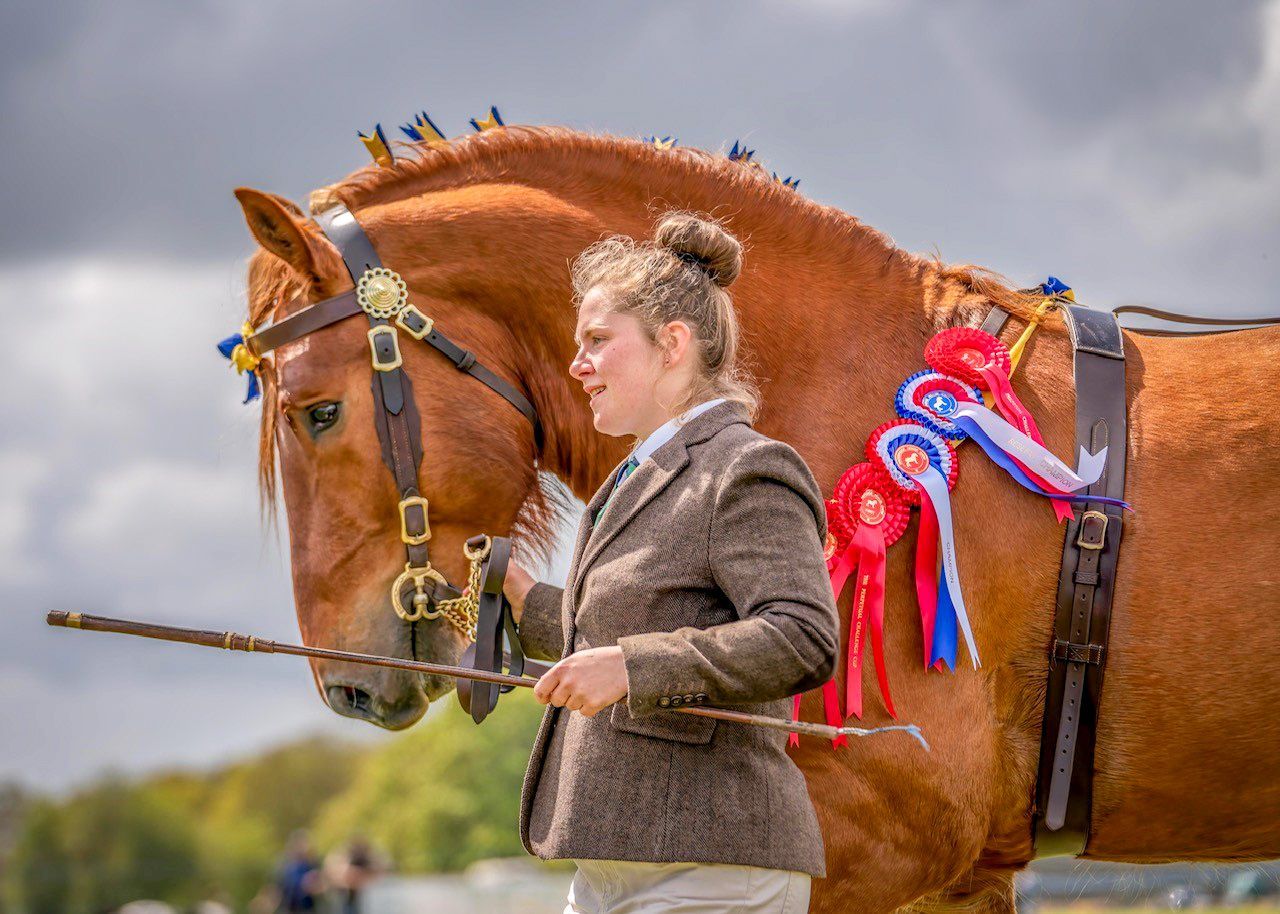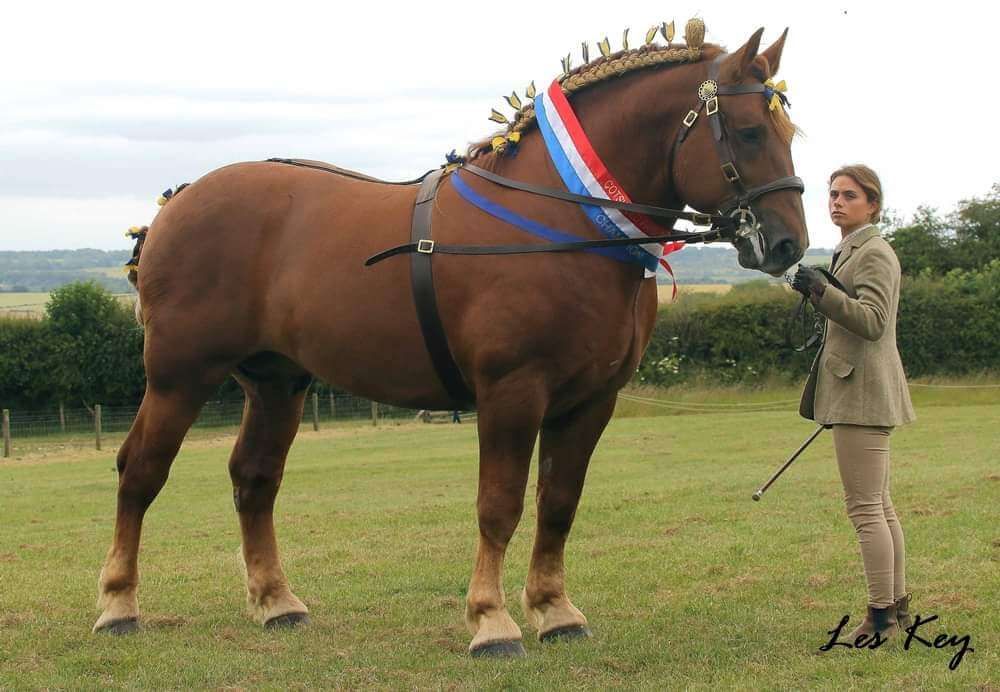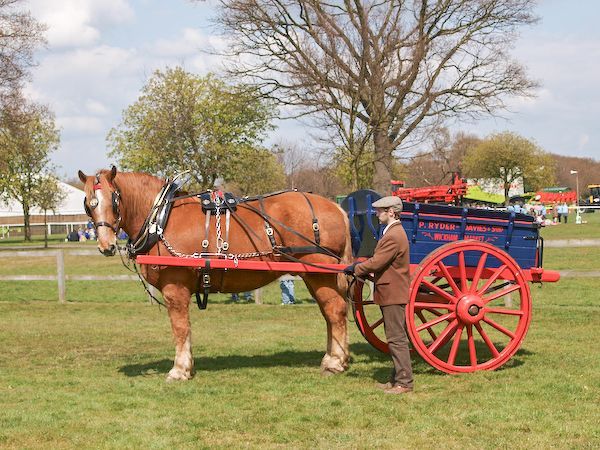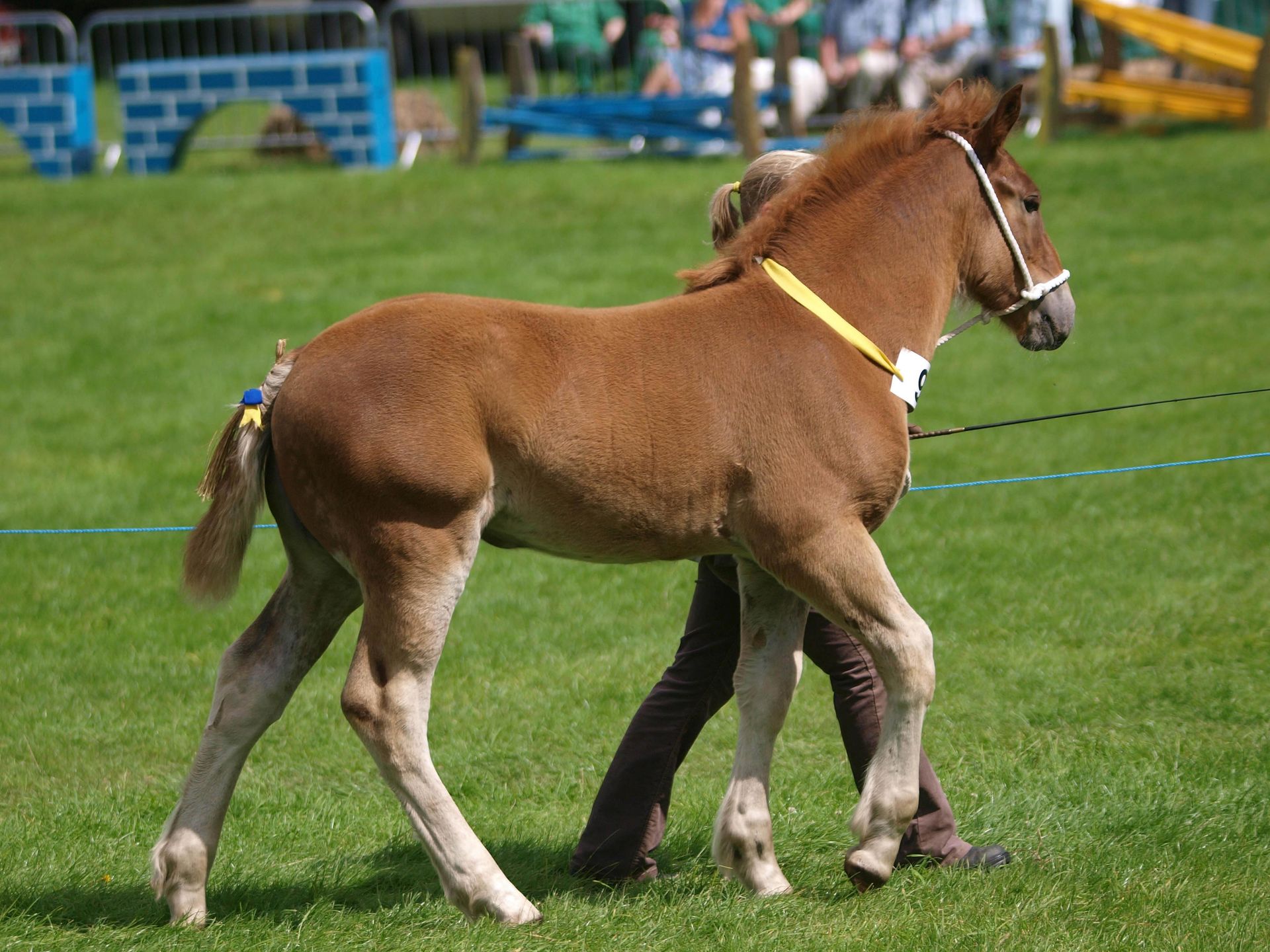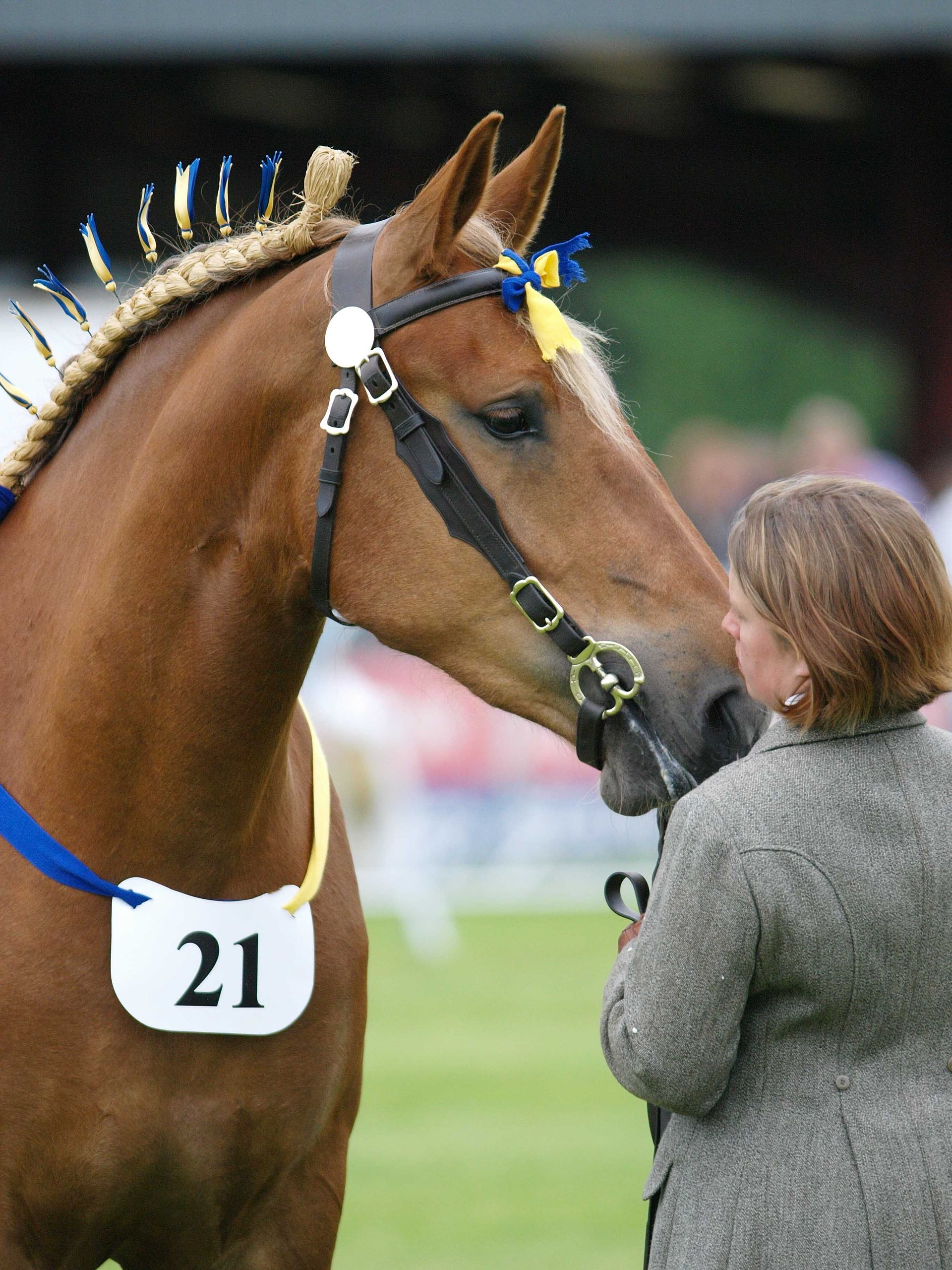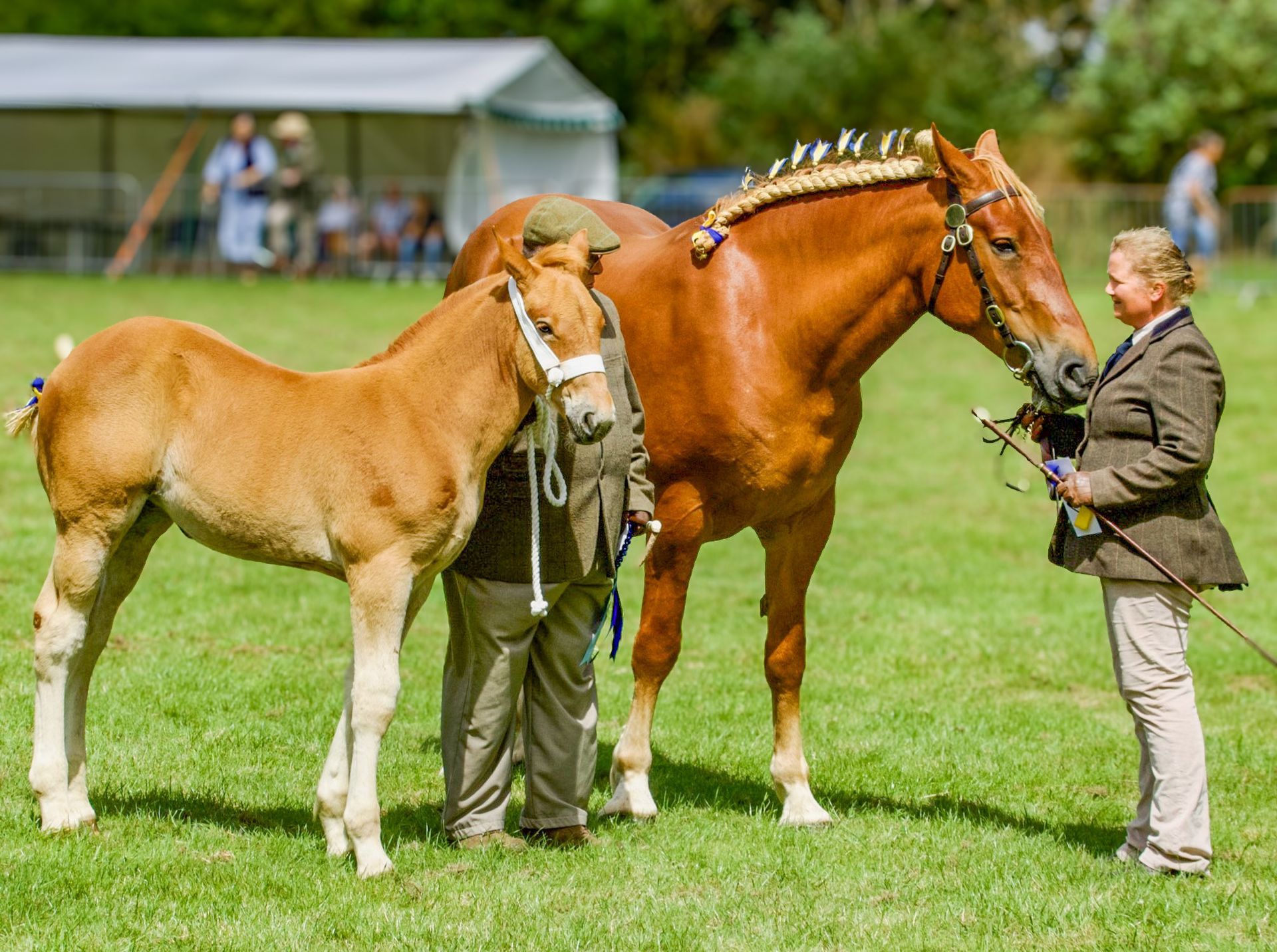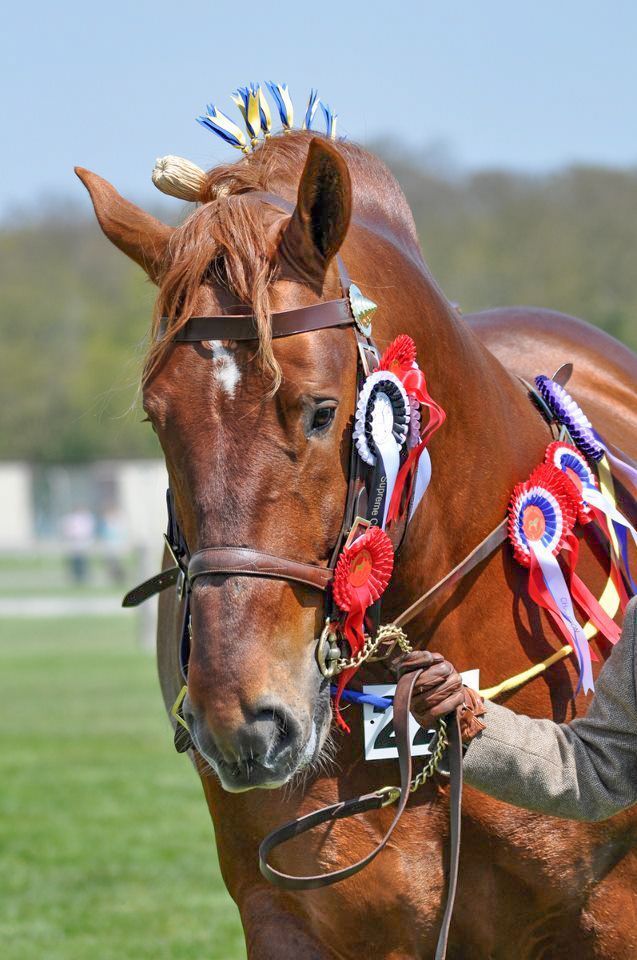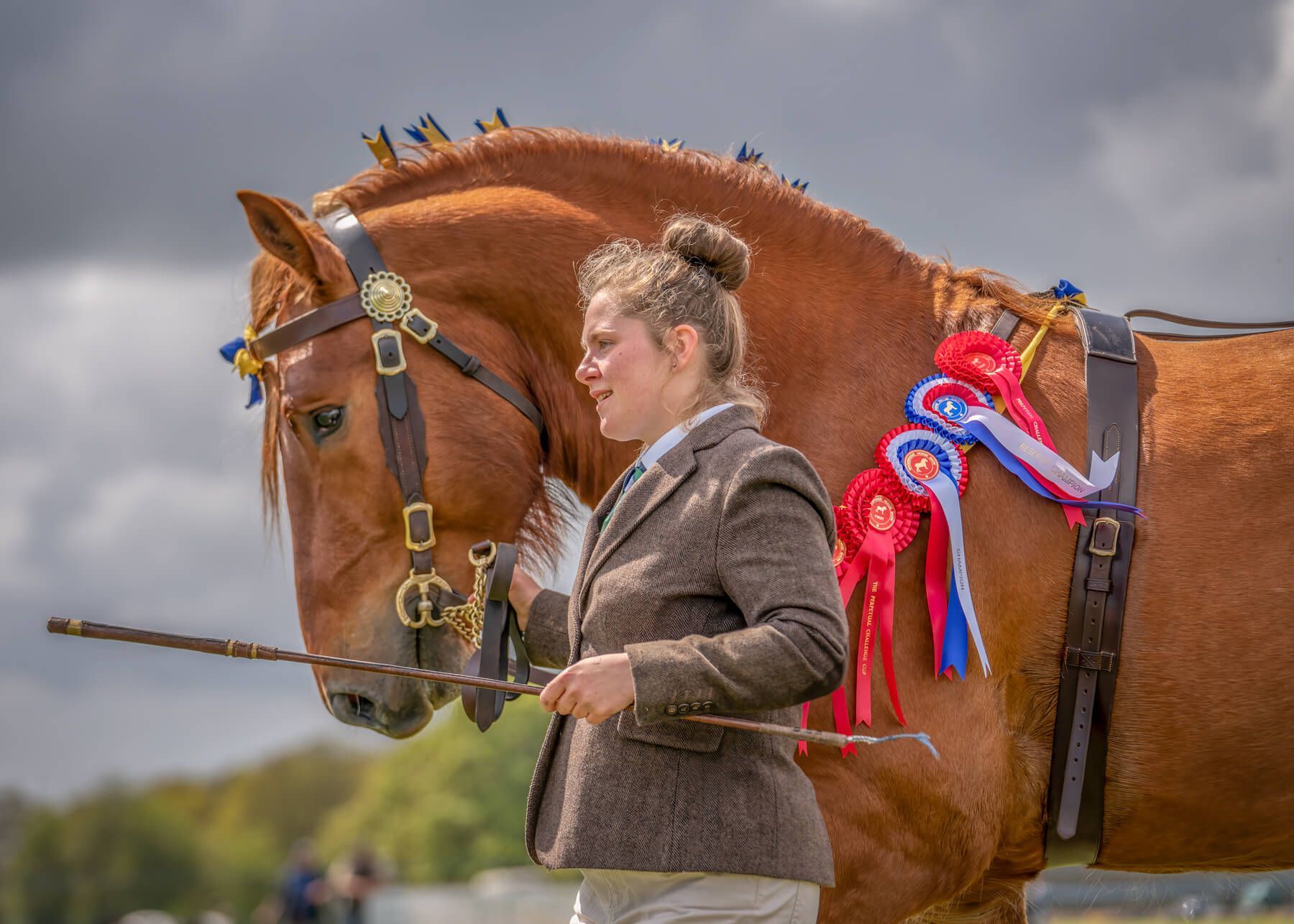Shows
There is a longstanding tradition of showing horses in the UK.
Our stallions, mares and foals are taken to shows throughout the year and shown in breed-specific classes. This allows them to be exposed to life outside the Stud Farm, which prepares them for new environments and accustoms them to different sights and sounds. Successfully preparing horses for the show ring and presenting them at shows is a skilled art, and acts as a great advertisement for both our own horses and the breed in general.
On this page you will find...
Positive experiences and new skills
Why Showing Benefits Our Horses
Participating in shows exposes a horse to life beyond the Stud Farm, helping them adapt to new environments and become familiar with various sights and sounds.
Ultimately, they becomes a better behaved animal and less prone to being spooked or distracted in unfamiliar situations. Showing helps horses to stay in practice and builds confidence, which in turn maintains or enhanced their value.
Horses have unique personalities and abilities, which, when harnessed in the right direction, can produce remarkable results in the ring - a setting where many believe they truly shine.
The special bond between horse and handler (Groom) grows and develops as they work together to compete in the show ring, building skills that go beyond competition.
Showing a horse requires problem-solving, goal-setting and organisational skills. The handler must face issues as they arise and determine how best to resolve them, whether it relates to the horse, logistics or even time-management. Showing also requires incredible attention to detail, down to tack, appearance and performance, so the ability to prioritise and execute — often under pressure — are vital.
Looking professional
Turnout
Suffolk Stallions, Mares and Geldings are all presented in the same way.
Manes: Fully plaited with bass (raffia). The bass is soaked prior to plaiting and as it dries it holds in tight – plus it’s easier to work with and stretches a little.
Flights: These are ‘Tulip’ style. They are a simple upright flight, normally without bows. There are 7-11 flights in total that are plaited in with the bass.
Tails: Suffolk’s have full tails which are fully plaited with bass, then end rolled back, and nearly sown in. Three or four bows are then tied in down the plait to match the flights.
Neck band: This is used to hold the competition number and can be one colour or two, to match the flights.
Forelock: A bow can be tied in the forelock – again in a matching colour to the flights.
Colours: Traditional colours such as red as the most popular colours used but all Suffolk breeders have their own different colours. Ours is yellow and blue.
We encourage our supporters to join us at our upcoming shows so you can really appreciate our Suffolk Punches at their best.
Shows
Classes
Classes for heavy horses, such as the Suffolk Punch horses, are:
- Best shod
- Young Handler
- Gelding (4 years and over)
- Gelding (2 or 3 years old)
- Filly, Colt or Gelding (yearling)
- Filly (2 or 3 years old)
- Mare (4 years and older)
- Mare (4 years or older) with foal at foot
- Foal
- Stallion (2 or 3 years old)
- Stallion (4 years and older)
- Mare, Stallion or Gelding with the best feet
Show Results
2024 Show Dates
Most shows are ticketed for the public, and fees vary. For more information on each show, please get in touch with the event organisers.
| Show | Date | Info |
|---|---|---|
| Suffolk Show | 29th and 30th May | See Results |
| Royal Norfolk Show | 26th and 27th June | See Results |
| Framlingham Show | 13th or 20th July | See Results |
| Suffolk Spectacular | 1st September | Website here |
| Palace House Day | 6th October | Website here |
| Foal and Yearling show | 13th October | Website here |


